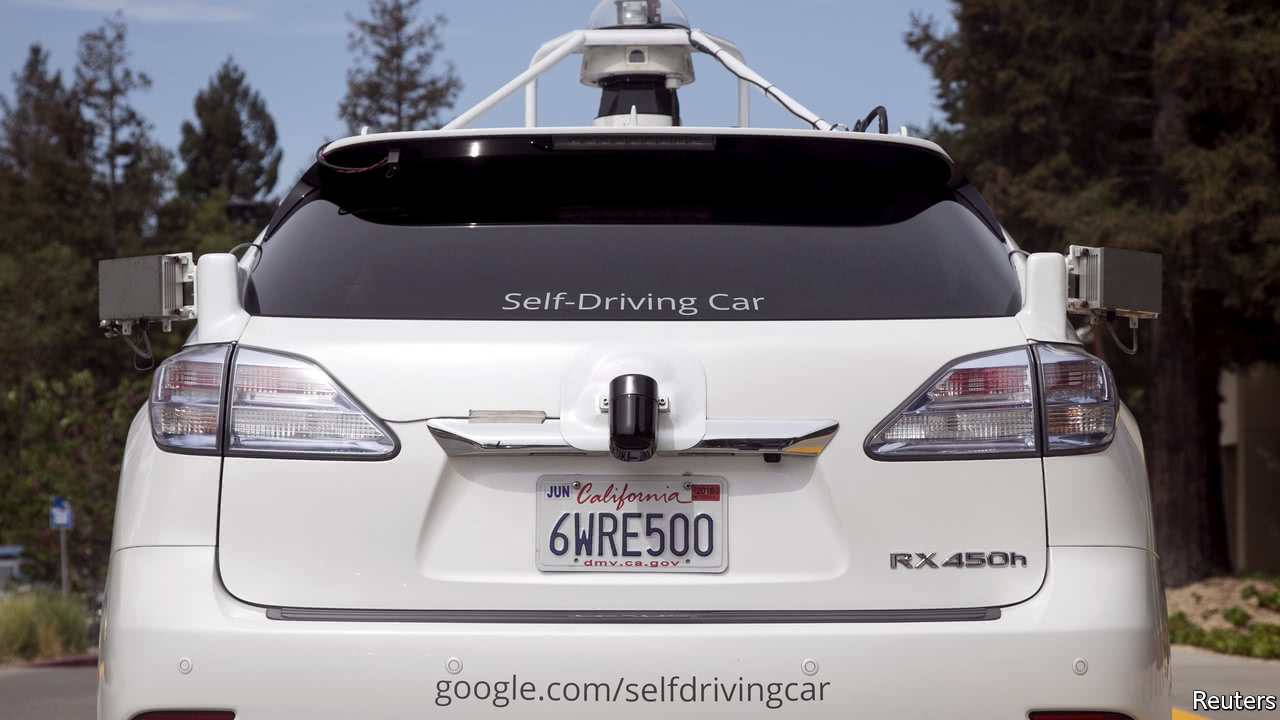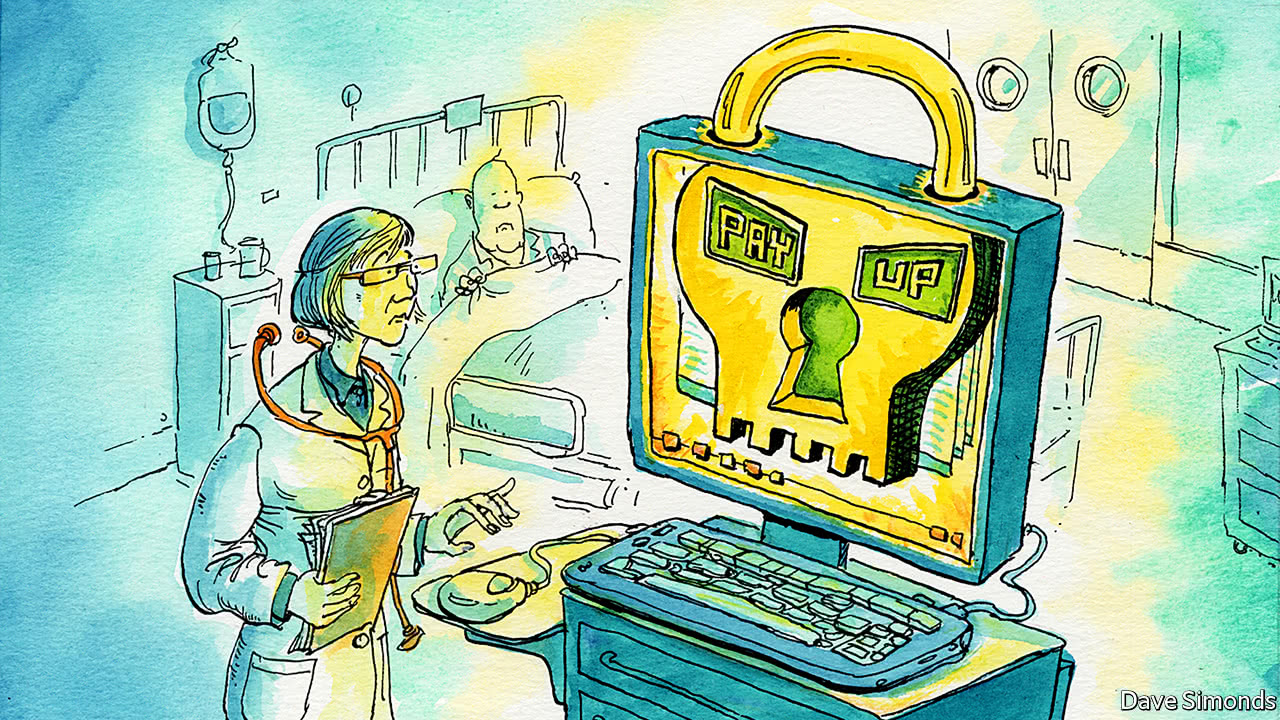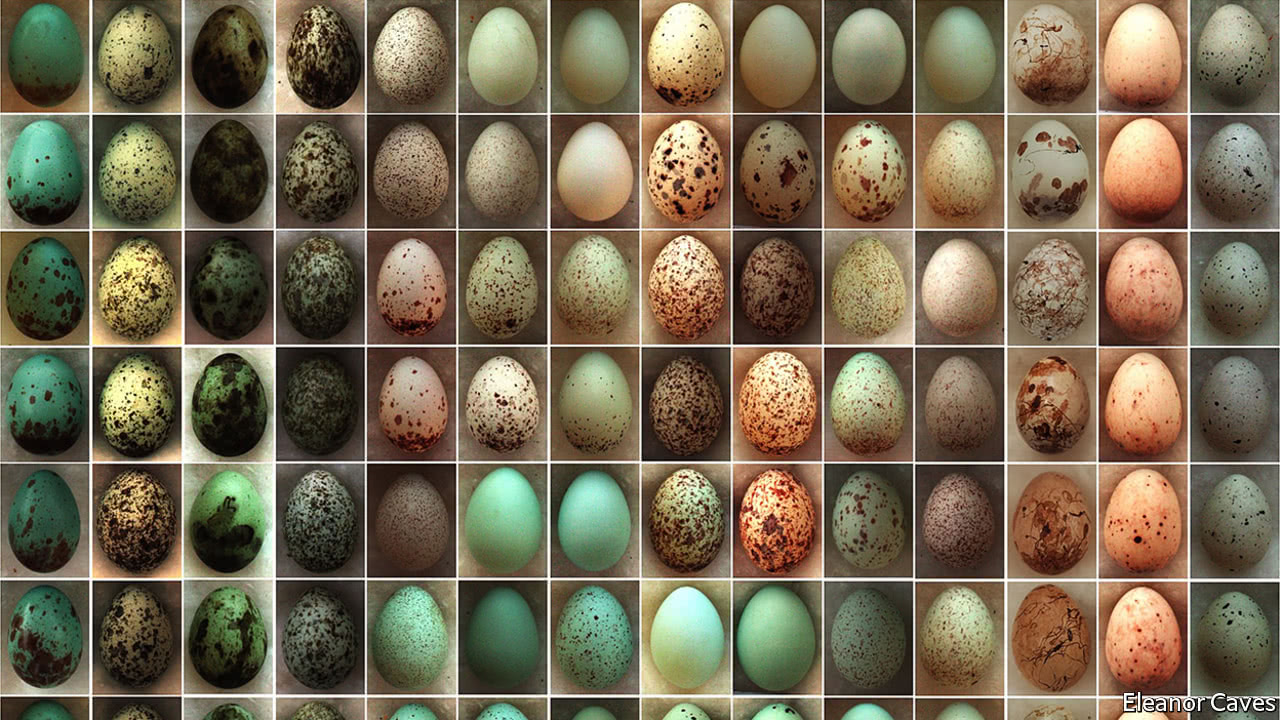A drug used to treat sleeping sickness may also help with autism
MICE are not humans. But they are close enough that many drugs that work in mice turn out to work in people, too. Three years ago Robert Naviaux, a researcher at the University of California, San Diego, published a paper suggesting that a drug called suramin could alleviate the symptoms of autism in mice. That was interesting, for despite all the research into autism, few effective treatments are available. Now things have got more interesting still. In a paper just published in Annals of Clinical and Translational Neurology, Dr Naviaux has repeated his experiments on humans, and found that the drug seems effective for them, too.
Nobody is sure what causes autism. But one theory is that it stems from a phenomenon known as the “cellular danger response”. This involves compounds circulating in the blood, known as purines, which command cells to halt their normal activities and brace for an imminent viral attack. That response is normal and, provided it switches off when…Continue reading
Source: Economist














